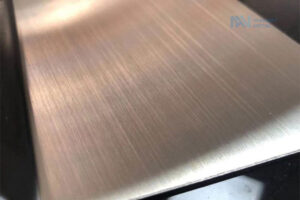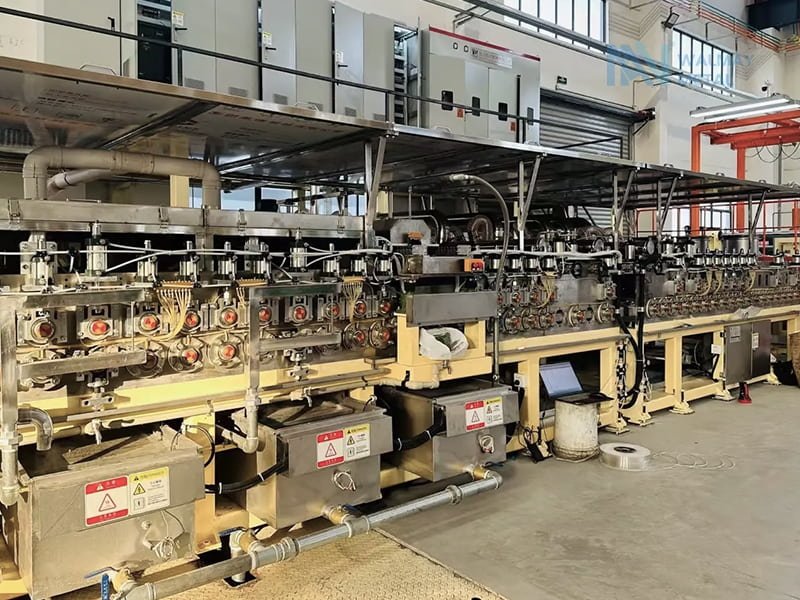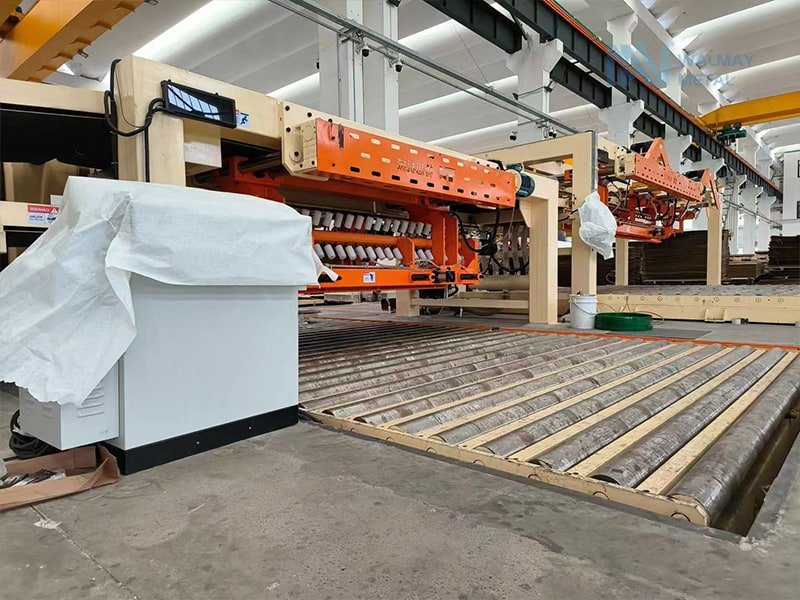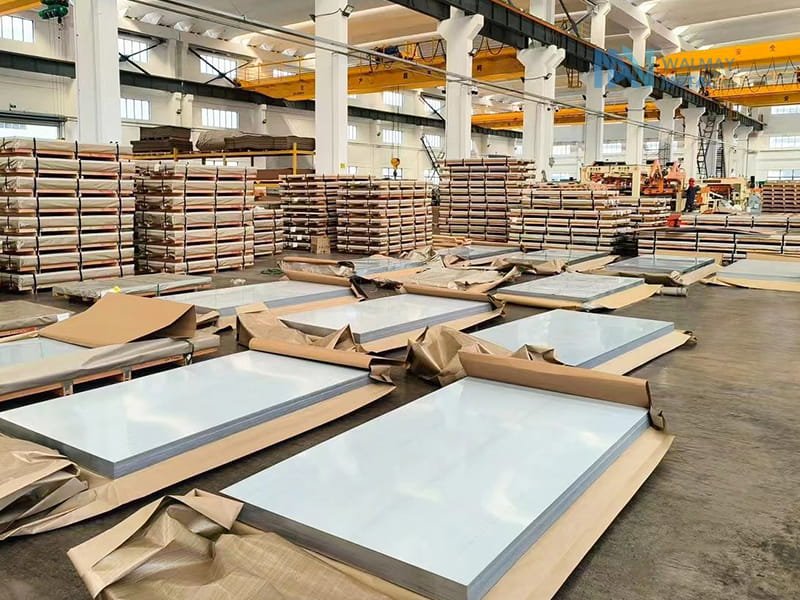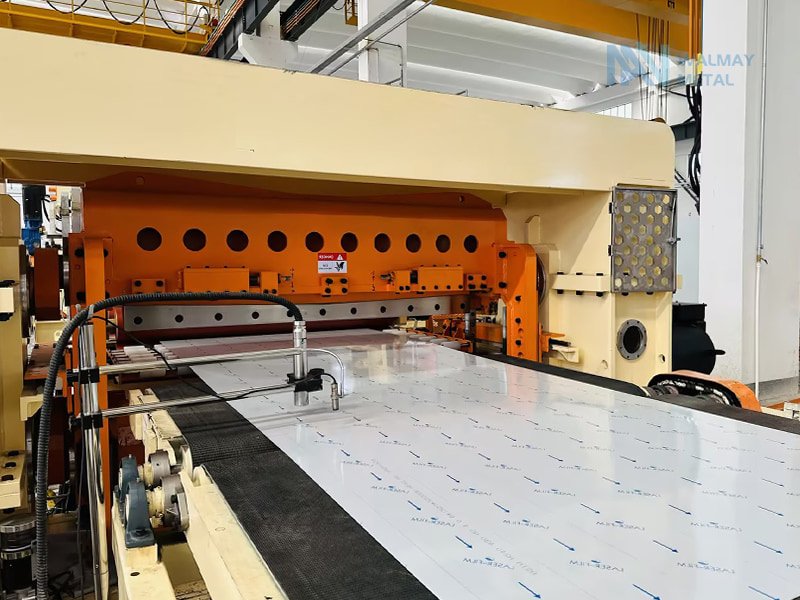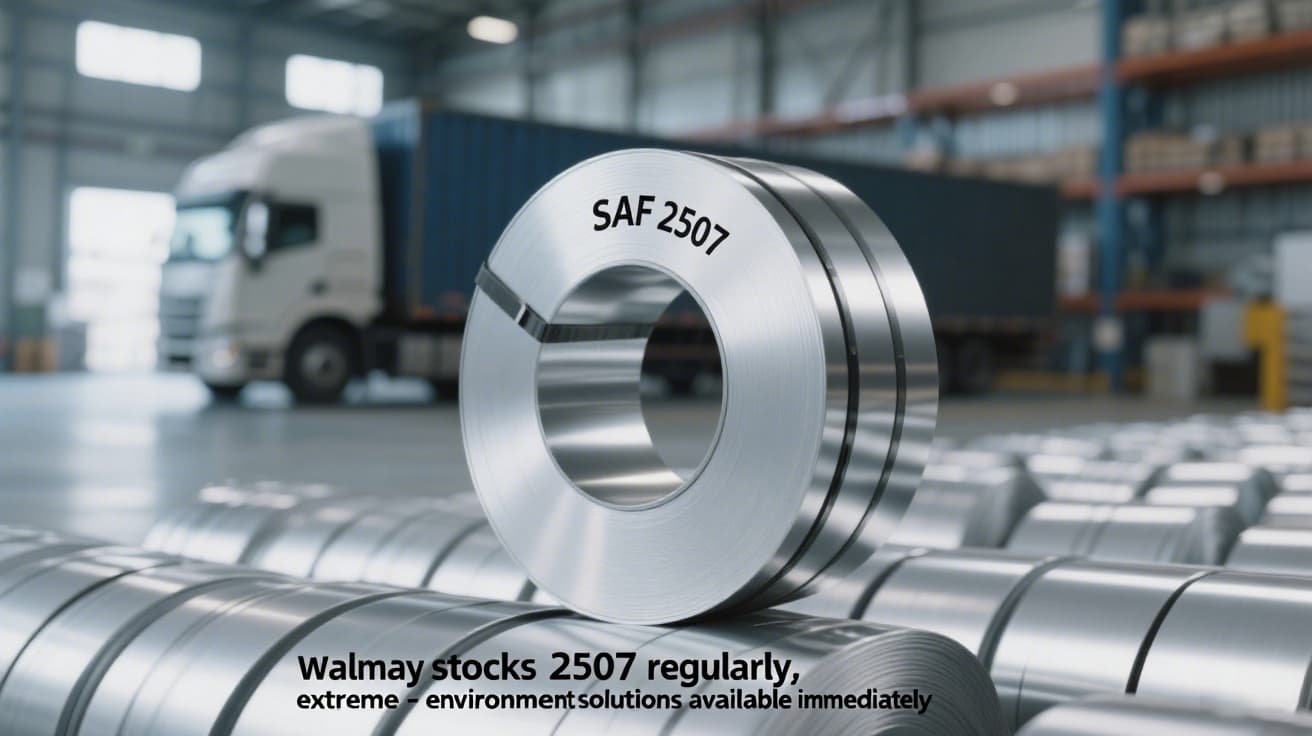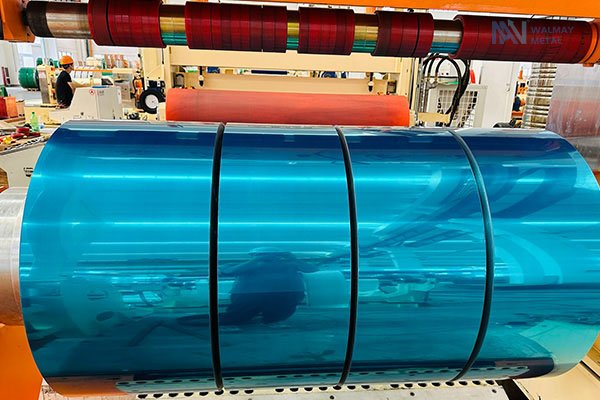is stainless steel magnetic?
Is stainless steel magnetic?
Stainless steel is a versatile material used in a wide range of industries, with corrosion resistance, durability and aesthetics.
However, a question that often arises is: Is stainless steel magnetic?
Whether stainless steel is magnetic depends mainly on its crystal structure and chemical composition. Walmay Steel analyzes the magnetism of stainless steel from details such as chemical composition, mechanical and physical properties. .
Chemical Composition of Stainless Steel
with additional elements like nickel, manganese, and molybdenum added to enhance specific properties. The key element that provides stainless steel with its corrosion resistance is chromium, which forms a passive layer of chromium oxide on the surface, preventing further oxidation.
Stainless Steel Common Alloying Elements:
Chromium (Cr): 10.5% minimum, provides corrosion resistance.
Nickel (Ni): Enhances ductility and corrosion resistance.
Manganese (Mn): Improves strength and workability.
Molybdenum (Mo): Increases resistance to pitting and crevice corrosion.
Carbon (C): Affects hardness and strength.
Mechanical and physical properties of stainless steel
Stainless steel has a range of mechanical and physical properties that make it suitable for a wide range of applications:
Tensile strength: ranges from 515 to 827 MPa, depending on the grade.
Yield strength: typically between 205 and 550 MPa.
Elongation: can vary from 40% to 60%, indicating good ductility.
Hardness: measured on the Rockwell hardness scale, typically between B70 and C20.
Density: about 7.9 g/cm³, similar to carbon steel.
Thermal conductivity: lower than carbon steel, around 15-20 W/m·K.
Electrical conductivity: also lower than carbon steel, making it a poor conductor of electricity.
Magnetic Properties of Stainless Steel
Whether stainless steel is magnetic depends mainly on its crystal structure and chemical composition:
Whether stainless steel is magnetic depends mainly on its crystal structure and chemical composition:
Austenitic stainless steel (such 304 stainless steel sheet, 316 stainless steel sheet metal): It is non-magnetic in the annealed state because its main components are chromium and nickel, forming a non-magnetic face-centered cubic crystal structure.
After cold working or heat treatment, a small amount of martensite or ferrite structure may be produced, thus showing weak magnetism.
Ferritic stainless steel (such as 430 stainless steel): It has a body-centered cubic crystal structure, a higher concentration of chromium, and almost no nickel, and usually shows strong magnetism.
Martensitic stainless steel (such as 410 stainless steel): It has a body-centered tetragonal crystal structure and is usually strongly magnetic due to its high carbon and iron content.
Duplex stainless steel (such as 2205 stainless steel): It is composed of a mixture of austenite and ferrite and is usually weakly magnetic.
The influence of cold working and heat treatment:
Effects of cold working: Even for austenitic stainless steel, after cold working (such as bending, and drilling), its organizational structure may transform to martensite, thus producing magnetism. Its non-magnetic state can be restored by high-temperature solution treatment.
Magnetic permeability: The magnetic permeability of stainless steel varies depending on its grade. Ferritic and martensitic steels have higher magnetic permeabilities, making them more magnetic, while austenitic steels have lower magnetic permeabilities.
Magnetic stainless steel sheet metal:
If you’re looking for a magnetic stainless steel sheet, you would typically consider ferritic or martensitic grades. These sheets are often used in applications where magnetic properties are required, such as in electrical appliances, automotive components, and certain industrial equipment.
Available Thickness and Stainless Steel Coil Classification
stainless steel sheet metal thicknesses:
Stainless steel sheets and coils are available in a wide range of thicknesses, typically from 0.3 mm to 6.0 mm for sheets and up to 12.0 mm for coils.
Common Thicknesses:
thin stainless steel sheets: 0.3 mm to 3.0 mm, used in applications like kitchen equipment, automotive trim, and decorative panels.
Thick Sheets: 3.0 mm to 6.0 mm, used in structural applications, chemical tanks, and heavy-duty equipment.
Stainless Steel Features and Applications:
Stainless steel sheet has excellent corrosion resistance, high strength, and beauty, which make it suitable for a wide range of applications:
Architectural: Used in building facades, roofs, and interior design.
Food and Beverage: Ideal for kitchen equipment, storage tanks, and processing machinery due to its hygienic properties.
Medical: Used in surgical instruments, implants, and medical devices.
Automotive: Used in exhaust systems, decorative and structural components.
Industrial: Used in chemical tanks, heat exchangers, and pipes.
Stainless Steel Product Standards and Corrosion Resistance
Stainless steel products are manufactured to a variety of international standards, ensuring quality and consistency. Some of the most common standards include:
ASTM A240: Standard Specification for Chromium and Chromium-Nickel Stainless Steel Plate, Sheet, and Strip for Pressure Vessels and General Purpose.
EN 10088: European Standard for Stainless Steel.
JIS G4304: Japanese Standard for Hot-Rolled Stainless Steel Plate, Sheet, and Strip.
Stainless Steel Corrosion Resistance:
Stainless steel’s corrosion resistance is one of its most valuable properties. The chromium content forms a passive layer that protects the steel from oxidation. Additional elements such as molybdenum and nickel enhance resistance to specific types of corrosion, such as pitting and crevice corrosion.
Conclusion
So, is stainless steel magnetic?
The answer depends on the type of stainless steel. Austenitic stainless steels are generally non-magnetic, while ferritic and martensitic stainless steels are magnetic.
If you’re in the market for stainless steel sheets for sale, it’s important to consider the specific grade, thickness, and finish that will best meet your needs.
Whether you’re looking for a magnetic stainless steel sheet or a non-magnetic option, working with a reputable stainless steel supplier walmaysteel can ensure you get the right product for your project.
For more information on stainless steel sheet metal prices or to explore the range of stainless steel sheeting available, contact a trusted supplier walmay steel today. With the right knowledge and resources, you can make an informed decision and find the perfect sheet of stainless steel for your application.
Tabs:magnetic stainless steel sheet,stainless steel supplier,sheet stainless steel
Recent articles:
Table of Contents
Recent Posts
-
 U.S. Stainless Steel Tariffs Jump to 50% - How Companies Are Adapting01 8 月 2025
U.S. Stainless Steel Tariffs Jump to 50% - How Companies Are Adapting01 8 月 2025 -
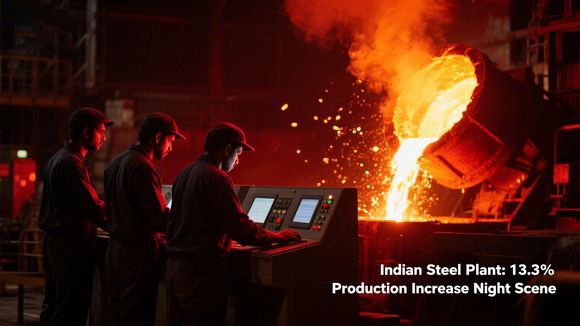 Global Steel Output Drops 5.8% in June - India Bucks the Trend31 7 月 2025
Global Steel Output Drops 5.8% in June - India Bucks the Trend31 7 月 2025 -
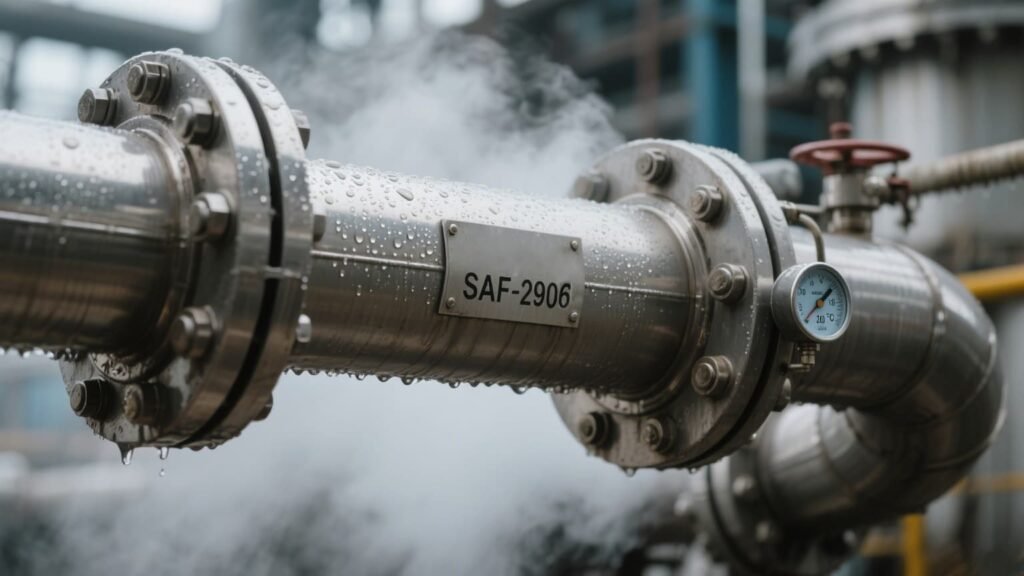 Alleima's New Super Duplex Steel Fights Urea Plant Corrosion29 7 月 2025
Alleima's New Super Duplex Steel Fights Urea Plant Corrosion29 7 月 2025 -
 310S vs 304 Stainless Steel Pipes: Which Should You Choose?28 7 月 2025
310S vs 304 Stainless Steel Pipes: Which Should You Choose?28 7 月 2025
Have Any Question?
High-quality manufacturers in the stainless steel industry, feel free to ask

